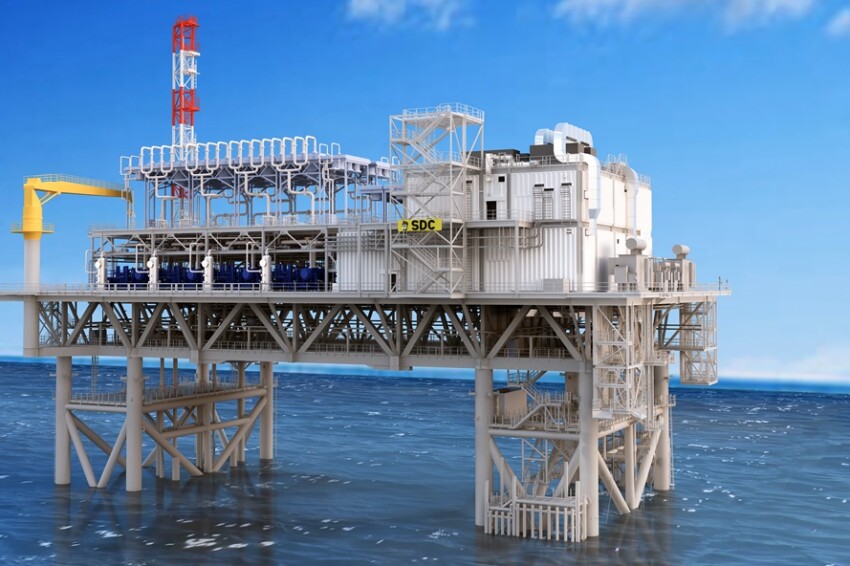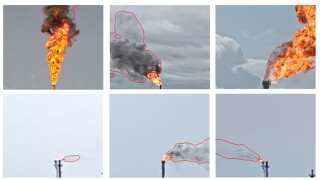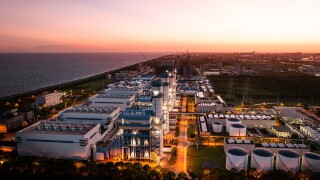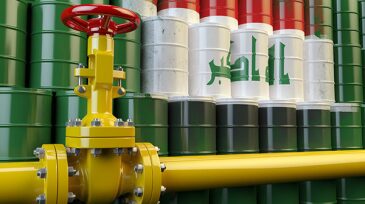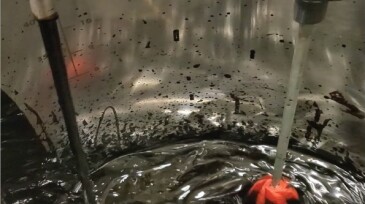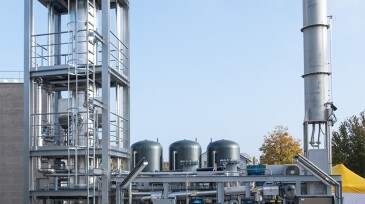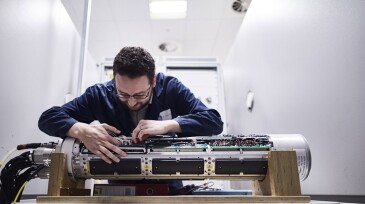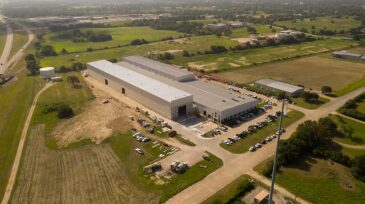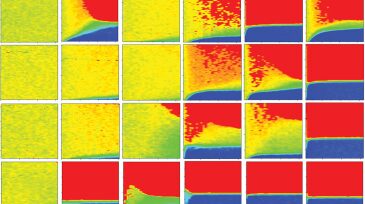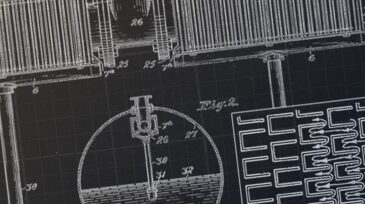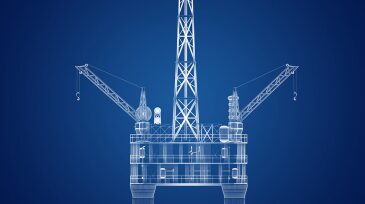Processing systems/design
BP’s new electric gas compression platform at Shah Deniz, Azerbaijan’s largest natural gas producer, is expected to sustain exports to Europe even as the field enters decline.
This paper focuses on developing a model that can be used in an automated, end-to-end flare-smoke detection, alert, and distribution-control solution that leverages existing flare closed-circuit television cameras at manufacturing facilities.
This study recommends favoring the combustion of ammonia over hydrogen for the purpose of reducing CO₂ and nitrogen emissions.
-
French operator will assist country with enhanced oil recovery, natural gas gathering, and solar projects.
-
The paper focuses on a process developed to identify, evaluate, and eliminate interdependent bottlenecks on the Constitution platform and its flowline network.
-
SwRI’s EZ Flow treatment process is intended to cut down on cost and energy intensity of heavy-crude pipeline transportation.
-
Natural gas is produced from the ground now, but maybe not forever.
-
The Magnus oil field in the North Sea catalyzed a major leap for subsea control systems. The original development of the multiplexed electrohydraulic control system has developed into a multimillion-dollar subsea controls industry.
-
Globally, the International Energy Agency forecasts a recovery in global demand for natural gas in 2021 led by growth in the Asia Pacific region as emerging markets recover. The US will continue to play a significant role as one of the largest producers and contributors to natural gas supply growth.
-
The facility will offer services to design, manufacture, test, certify, and stamp exotic-metal pressure vessels, heat exchangers, and scrubbers. Logan Industries will collaborate with two sister companies in the Netherlands to accommodate workloads.
-
Bottle tests are the preferred method to test petroleum emulsion stability in the industry today. A new technique using nuclear magnetic resonance (NMR) is available to evaluate both stability and demulsification behavior of emulsions.
-
For as long as anyone can remember, the liquid carry-over separation efficiency of 0.1 gal/MMscf has been ubiquitously specified in separator design. This article provides the most likely scenario of its evolution.
-
Artificial intelligence systems can be trained to recognize visual content in drawings and provide a simplified context. The complete paper highlights the use of AI to process a scanned drawing and redrawing it on a digital platform.

